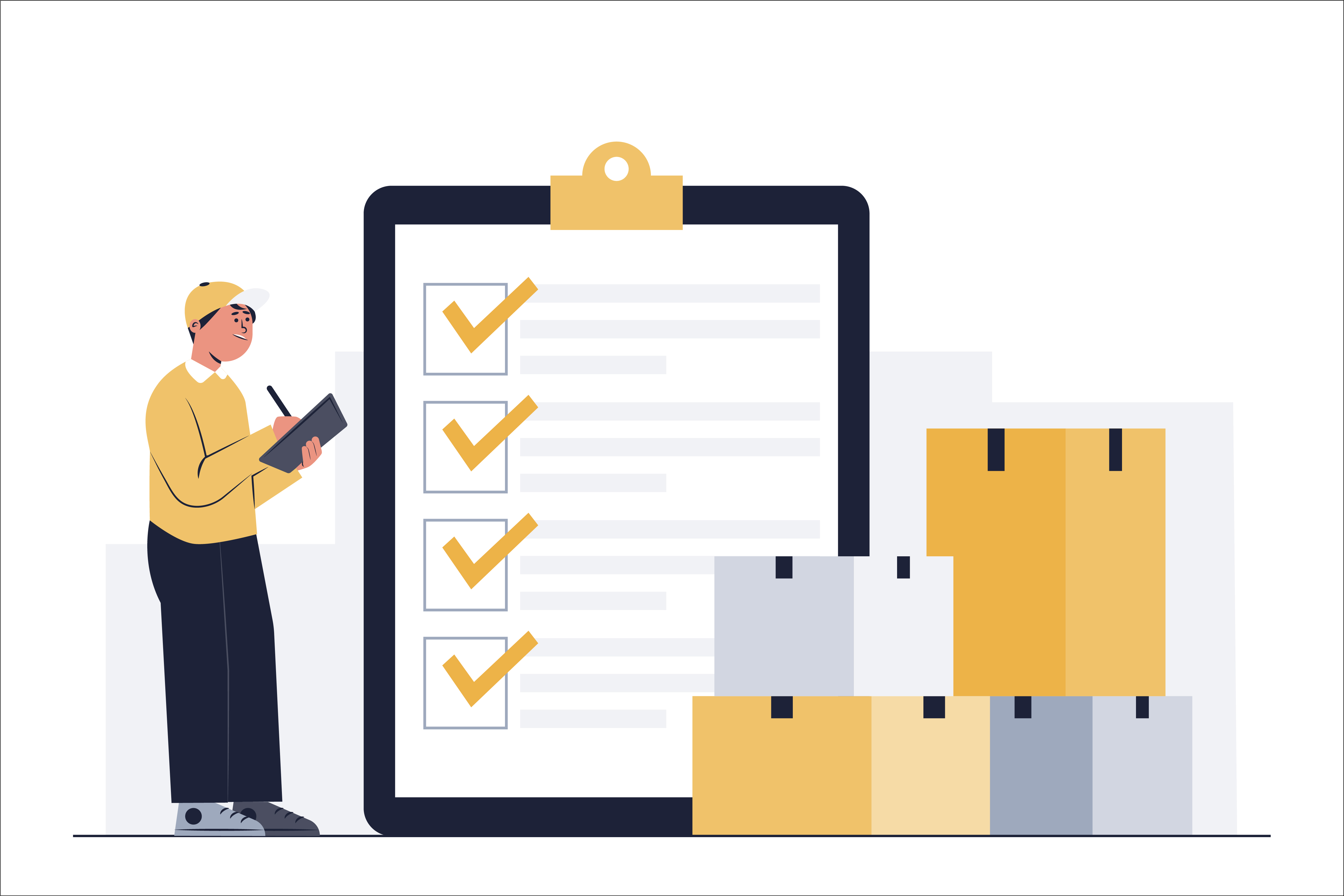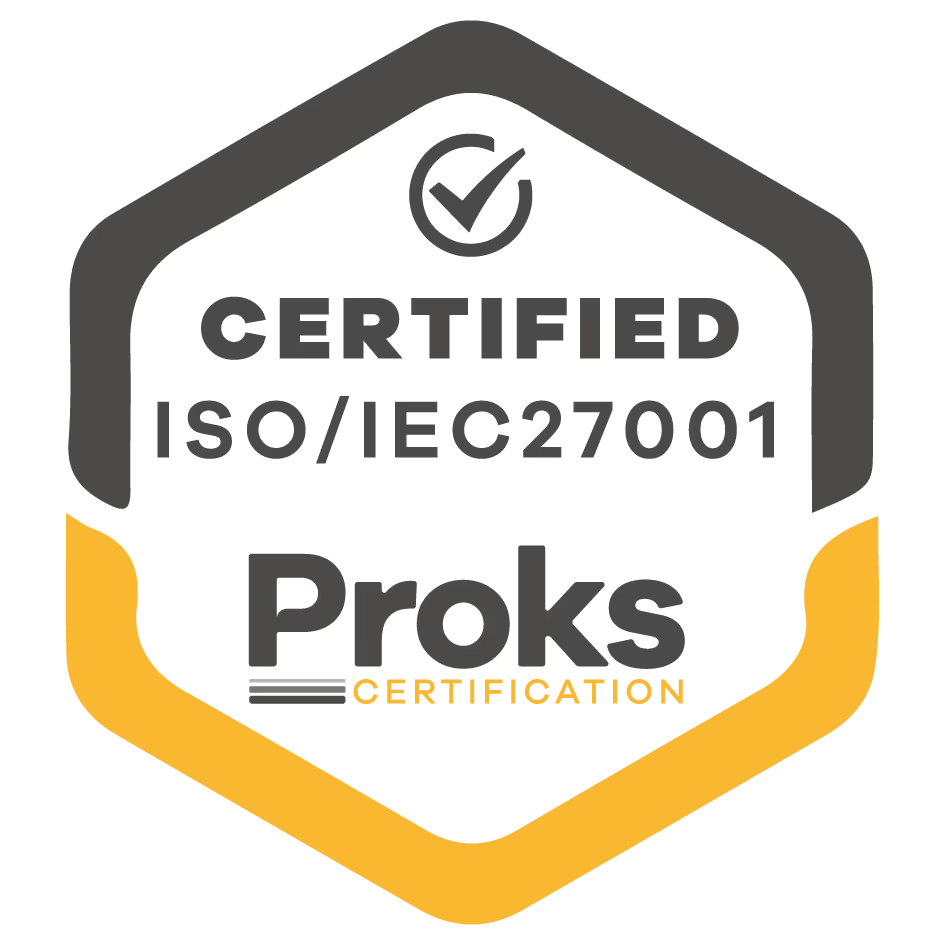

How AI Can Transform Bill of Quantities
Bill of Quantities (BOQs) are the backbone of construction tenders and project estimates. They are essentially detailed shopping lists of all materials, components, and work activities needed for a project. Sales teams in construction often find themselves poring over these endless lists of line items (from pipes to windows and everything in between) to identify what their company can supply. It’s a time-consuming and error-prone process, tying up skilled employees with clerical tasks. In fact, many inside sales teams spend a great part of their day manually reviewing tender specifications. The high stakes are evident: if BOQs are mishandled or misunderstood, projects can suffer significant cost overruns. The good news is that artificial intelligence is emerging as a game-changer in this domain. Let’s explore how AI can transform the process of handling BOQs, automating line-item matching and analysis.
What Are Bill of Quantities?
Bill of Quantities (BOQs) are structured documents used primarily in construction and engineering projects to detail every material, labor task, and equipment requirement for the project. Think of a BOQ as a comprehensive checklist or itemized list of what’s needed to complete a project: from the number of pipes and beams to the amount of concrete or the installation of windows. Each line item typically includes a description of the work or material, the unit of measure, the quantity required, and sometimes a rate or price. The purpose of a BOQ is multi-fold. Firstly, it provides a foundation for accurate cost estimation and budgeting, breaking the project down into quantifiable pieces. Secondly, BOQs are crucial during tendering and procurement: contractors use them to prepare bids, and clients use them as a basis to evaluate and compare those bids on an apples-to-apples basis. A well-prepared BOQ ensures that everyone is pricing the same scope of work, which promotes fairness and transparency in competitive bidding. It also serves as a reference during project execution for tracking progress and managing changes. A BOQ can run hundreds or even thousands of line items long, encompassing everything from simple tasks like laying pipes to complex operations like erecting structural frameworks. This level of detail is what makes BOQs so useful and at the same time, so challenging to process manually.
{{cta="/cta/validate-certificates-instantly-with-ai-agents"}}
The Hidden Costs and Challenges of Processing Tender Specs Manually
For sales teams responding to tenders, manual BOQ processing kills speed, may drain team capacity, and risks losing valuable deals. What sounds as simple as “pick out what we can supply and quote it” often spirals into hours of clerical work and missed revenue.
Time lost leads to lost deals
A traditional BOQ might be a spreadsheet or a PDF hundreds of lines long. Manually reviewing such a document line-by-line to find relevant items that your company can fulfill can take hours or days. For sales teams, that’s time not spent quoting more opportunities, following up with leads, or negotiating with buyers. If you’re still doing this work manually, you’re already behind your competitors who automated the process.
One missed line = one missed sale
Manual processing is prone to mistakes. It’s easy for a person to misread a specification, transpose a quantity, or simply overlook a spec that perfectly matches something you sell. Every missed item is a missed opportunity or an error that disqualifies your bid if, let’s say, errors in interpreting units or specifications leads to incorrect pricing. These mistakes often require rework and revisions, or worse, could lead to disputes down the line if not caught early.
Inconsistency and Duplicate Work
In a busy sales team, multiple people might be handling different sections of a BOQ or re-checking each other’s work to ensure nothing is missed. This can lead to duplicate processing of the same document, wasting effort. Additionally, each person might interpret descriptions slightly differently, causing inconsistencies in how items are matched to products or services. One salesperson may call it “PVC conduit,” another “plastic electrical duct.” The result? Inconsistent product matching, duplicated effort, and confusion in final quotes.
Slower Response and Opportunity Cost
Speed wins tenders. If your sales team takes a week to respond because the BOQ was buried in spreadsheets or scanned PDFs, your competitor’s quote is already on the client’s desk. Even if deadlines are met, slower turnaround means you can respond to fewer inquiries in parallel. The result: lower quote volume, fewer opportunities in the pipeline, and revenue left on the table. Teams that automate BOQ analysis can double their tender throughput and win more.
Messy BOQs leads to sales team bottlenecks
Tender specifications don’t always arrive in neat Excel files. They might come as scanned PDFs, Word documents, or in specialized formats like GAEB (a common format for BOQs in parts of Europe). These varying formats add another layer of challenge; and sales reps may end up spending more time formatting the spec than actually quoting it. These friction points kill momentum and frustrate teams. However, AI can process these formats instantly, surfacing relevant line items and enabling reps to quote with confidence, even from messy source files.
All these hidden costs and hours spent highlight why the status quo of manual BOQ processing is ripe for improvement. AI can change the panorama. By automating BOQ processing, you empower your sales team to quote faster, respond to more tenders, and win more deals, without having to increase the amount of resources.
{{cta="/cta/automate-quality-management-with-ai-agents"}}
Why is AI a Natural Fit for Line-Item Matching?
If ever there were a task tailor-made for artificial intelligence, line-item matching in a BOQ is it. AI excels at sifting through large volumes of data, recognizing patterns, and extracting structured information from unstructured sources: exactly the capabilities needed to transform BOQ processing. Here’s why AI and BOQs are a perfect match:
AI systems can quickly scan and interpret lengthy Bills of Quantities (even from scanned documents) to identify relevant line items and match them with corresponding products or services, far faster than any manual process.
Automated Item Recognition
Modern AI-driven software can ingest a BOQ document and automatically identify the individual line items within it. This includes reading the item numbers, descriptions, quantities, and units of measure, then organizing all that data into a structured format. Crucially, this works even if the input is a scanned PDF or a complex format like GAEB. The AI uses computer vision and OCR (for scanned images) combined with intelligent parsing to “read” the document as a human would. Instead of someone manually scrolling through dozens of pages to find where “PVC pipes, 2-inch diameter” is listed, the AI can pinpoint it in seconds.
Highlighting What Matters
Not every line in a BOQ is relevant to every bidder. For example, a supplier of windows in a construction project doesn’t need to worry about the concrete or electrical items in the list. AI can be trained to understand a company’s scope and automatically filter the BOQ, highlighting exactly those line items that match the company’s products or services. This intelligent filtering is a game-changer: users no longer need to manually analyze the entire document, saving valuable time and focus. It’s like having a smart assistant that instantly flags, “Here are the 15 out of 300 line items that pertain to you,” ensuring nothing important is overlooked. This relevancy filtering is powered by natural language processing (NLP) techniques that interpret the semantics of each line item description.
AI-Powered Product Matching
Going a step further, AI doesn’t just stop at identifying relevant lines, it can also suggest the actual products or materials from your catalog that best correspond to each BOQ line item. This is where machine learning models and domain-specific knowledge come into play. By analyzing the text of an item (for instance, a line that reads “Double-glazed vinyl window, 1200x1500mm”), the AI can recommend the closest match from your inventory or product database. It performs the cross-referencing that a human would do, but faster and across a vast product range. These automatic product suggestions are continually improving as the AI learns from feedback; the system becomes “more reliable with each offer”, meaning the matching accuracy increases over time as it sees more examples. This self-learning aspect of AI is critical in a field like construction supplies, where product names and specifications can vary widely. The AI can learn that “1/2" CPVC pipe” is the same as “0.5 inch chlorinated PVC pipe” in another BOQ entry, even if worded differently, and ensure consistent matching.
Speed and Scalability
AI can process information at a scale and speed that humans simply cannot match. What might take a person an entire afternoon to comb through, an AI can analyze in minutes or less. This means that a sales team equipped with AI can handle far more BOQs in parallel. For instance, companies using intelligent BOQ analysis have reported saving more than 50% of the time they used to spend on processing BOQs. By cutting the grunt work in half (or better), those teams can double the number of tenders they respond to, as some case studies have shown. The AI doesn’t get tired or make fatigue-induced mistakes, so whether a BOQ has 50 lines or 5,000 lines, it’s not a fundamentally harder task for the system. This scalability is particularly useful for suppliers who might receive numerous project inquiries; no matter how “endless” the lists, the AI can keep on reading.
AI-based Bill of Quantities tools can cut the time needed to prepare and analyze BOQs by over 50%
Accuracy and Consistency
Along with speed, AI brings a level of consistency to line-item matching that is hard to achieve manually. By automating data extraction and entry, the chance of human error is dramatically reduced. When errors do occur (no system is 100% perfect), they tend to be systematic, which means they can be identified and corrected for all future cases. The end result is often more precise and complete bids, since every relevant item is accounted for and correctly matched.
AI is a natural fit for line-item matching because it turns what was once an overwhelming task of “browsing endless lists” into a swift, assisted process. It combines the best of human-like understanding with machine-driven speed, allowing organizations to tackle BOQs in a fraction of the time, with greater confidence in the results.
Wrap Up
The way companies handle Bills of Quantities is undergoing a quiet revolution. What used to require teams of people spending long hours on manual cross-checking can now be accomplished faster and more accurately with the help of AI. By automating the tedious aspects of BOQ processing, AI frees up valuable human time and minimizes errors, a transformation that carries significant competitive advantages. Firms that embrace AI-driven BOQ analysis find that they can respond to tenders faster, more precisely, and more efficiently. In an environment where the speed and quality of your bid response can make the difference between winning and losing a contract, this is no small edge.
Importantly, adopting AI for BOQs doesn’t replace the expertise of professionals; instead, it augments it. Your team’s deep knowledge of products, costs, and client needs is still crucial. What AI does is handle the heavy lifting of data crunching and initial matching, so that your experts can spend their time on validation, strategy, negotiation, and client relationships. The outcome is a more agile and intelligent workflow: one where high-value employees focus on high-value tasks, while AI ensures that no line item is missed and no time is wasted on rote work.
AI is transforming the bill of quantities from a tedious checklist into a strategic sales asset. With AI technologies like natural language processing and machine learning, sales teams can now process BOQs faster, more accurately, and at scale. The hidden costs and struggles of manual BOQ handling can now be eliminated. In a time when digital transformation is a hallmark of industry leaders, modernizing how you handle BOQs isn’t just an operational improvement, it’s a necessity for forward-thinking companies. The message is clear: those who leverage AI for line-item matching and beyond will be better positioned to win more deals, reduce costly mistakes, and focus on building value rather than bogging down in the details. The era of AI-powered BOQ processing is here, and it’s turning endless lists from a liability into an opportunity to excel.






